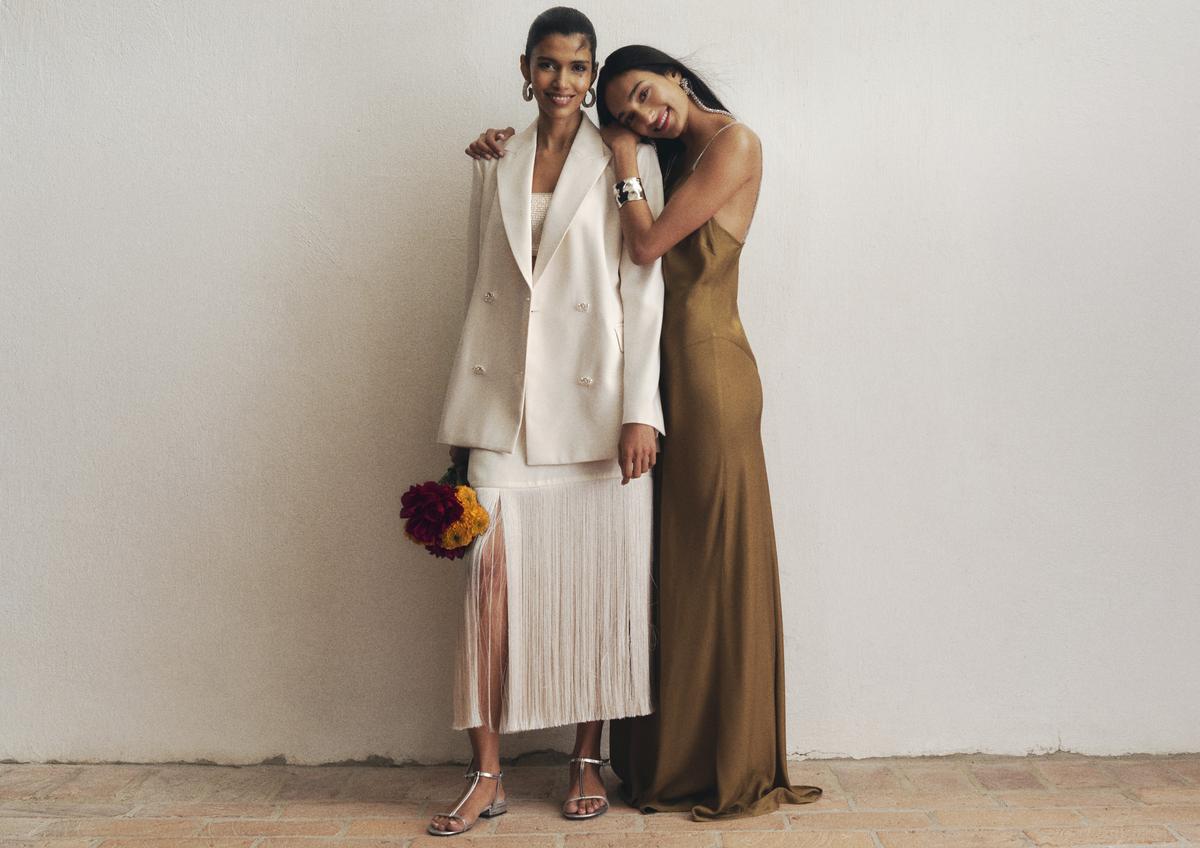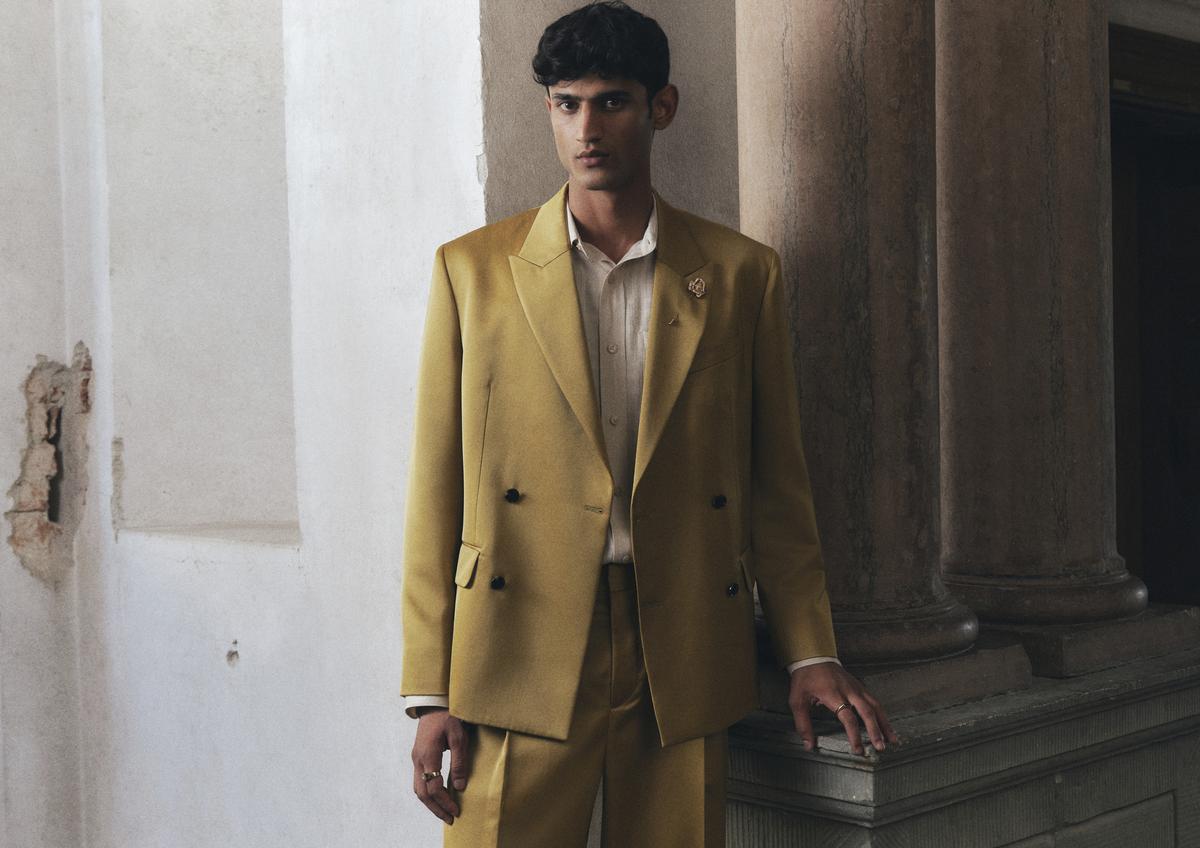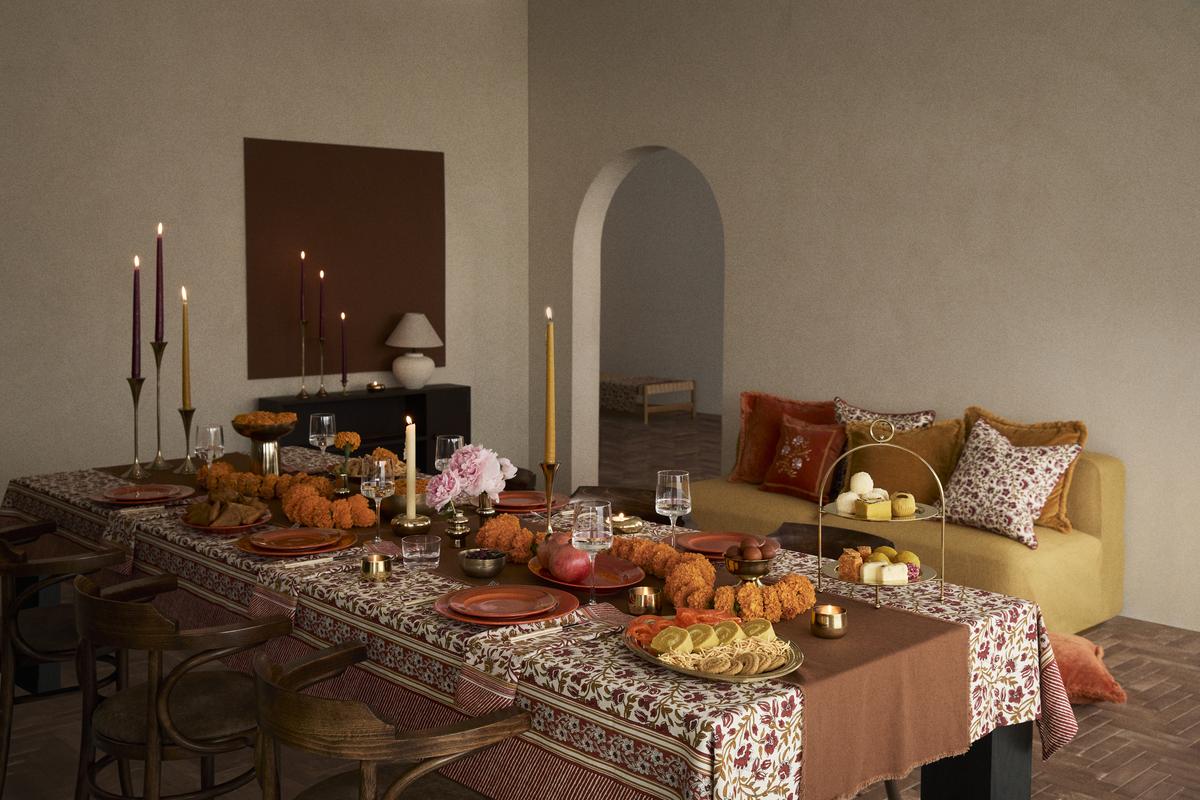When H&M first opened its doors in India in 2015, it wasn’t just another international brand entering the market — it was a cultural moment. The queues that wound around the Select Citywalk mall in Delhi signalled a new generation ready to embrace global trends. Ten years later, with more than 65 stores across 29 cities and a strong online presence, H&M has become part of everyday fashion in India.
H&M’s primary appeal has been its ability to bridge the gap between aspirational fashion and affordability. For urban youth in India, it offered a chance to buy into trends without the designer price tag. Their clothes, for both men and women, have been seen as a step up from local, unbranded options, providing more contemporary designs.
As Helena Kuylenstierna, director, H&M India puts it: “Our purpose has always been to democratise style, to liberate fashion for the many, not just the few. In India, this means breaking down the old walls between high fashion and everyday wear, making global trends accessible right here, right now, for everyone.”
Now, as it marks a decade in the country, the brand is extending its offering beyond clothes and accessories to launch H&M Beauty, which goes live on October 2 across stores in India and hm.com.
Inside an H&M store
| Photo Credit:
Special arrangement
For years, the retail giant has offered beauty across global markets, even opening dedicated stores in Oslo and Stockholm, but this is the first time the concept arrives on Indian shores.
The line-up is wide: over 200 products spanning make-up, fragrance and beauty tools. Think Satin Icon Lipstick with its creamy finish, Mad for Matte Liquid Lipstick, the lash-defining Never Ending Mascara, and the handy Do-it-All Stick Blush that works across cheeks, lips and lids. For those who lean towards fragrance, the Eau de Parfum collection brings vegan formulations and longer-lasting wear. Interestingly, some products have been created locally to better suit Indian climates and skin tones — a move that feels both thoughtful and strategic.
From the new H&M Beauty line
“This launch is a milestone in our journey, made even more special as we celebrate 10 years of H&M India. It reflects our commitment to making fashion and beauty more accessible and reaching more fashion aspirers across the country,” says Helena
Fashion collaborations
A major part of H&M’s India playbook has been its headline-grabbing collaborations with homegrown designers, and these have been as polarising as they have been profitable. The most talked-about was in 2021, when Sabyasachi Mukherjee unveiled his ‘Wanderlust’ collection with the brand. It sold out globally within minutes, underscoring the appetite for his aesthetic at an accessible price point. But it also drew sharp criticism. Many felt the collaboration betrayed Sabyasachi’s long-standing commitment to slow, handcrafted luxury, reducing it to a mass-produced template and diluting the exclusivity that his brand had built.
The 2024 tie-up with Anamika Khanna drew less heat, but it did not entirely escape scrutiny. Anamika’s brand too is rooted in couture-level detailing and artisanal craft, which inevitably raises the same questions: does translating that into fast fashion undermine the very value these designers stand for? Still, the collaboration was seen as more in sync with H&M’s aesthetic, perhaps because it leaned into a fusion of global and Indian design rather than attempting to replicate couture at scale.
Helena maintains that these ventures are central to the brand’s cultural positioning: “Collaborations are about taking an unexpected step together. Our partnership with Sabyasachi was a moment of true magic, it proved the incredible demand for a blend of Indian luxury and accessibility. It was a cultural flashpoint. The collection with Anamika Khanna was a beautiful evolution of our approach. It highlighted that our best collaborations happen when we truly harmonise global vision with local craft, delivering collections that feel genuinely rooted and relevant to the modern Indian consumer.”
Sustainability initiatives
Operating under the banner of fast fashion means H&M cannot escape questions about scale, waste and overproduction. To maintain its social licence to operate, especially in a key sourcing market like India, the brand has leaned on sustainability initiatives, both within and beyond the supply chain.
The H&M Foundation’s Saamuhika Shakti programme, launched in 2020, works with local NGOs in Bengaluru to empower informal waste pickers. Their efforts now feed directly into a traceable recycling network, with millions of garment buttons partly manufactured from PET bottles collected through the initiative. Similarly, the brand’s long-standing Water Stewardship project with WWF India — running since before 2015 — addresses one of the textile industry’s most pressing problems: water usage and pollution in dyeing and processing hubs.
In 2023–24, H&M partnered with SEEDS on Community Resilience projects in Assam, expanding its remit to climate adaptation and disaster preparedness. These initiatives reflect a brand keen to signal responsibility to India’s increasingly conscious young consumers. Yet the tension remains: while the projects are important, the scale of fast fashion’s environmental cost far outweighs any single intervention. For H&M, the challenge is less about announcing targeted pilots and more about proving that responsibility can be embedded into the core of a high-volume, trend-driven model.
Localisation and festive wear

From the new festive collection
| Photo Credit:
Special arrangement

From the new festive collection
| Photo Credit:
Special arrangement

H&M Home
| Photo Credit:
Special arrangement
H&M has also made strides in localising its product range beyond just designer collaborations. The launch of its festive collections is a prime example. The first festive collection was launched in 2019, marking a crucial step towards country-specific designs. Characterised by vibrant colours like deep reds, golds, and emerald greens, and fabrics like satin and sequins, these collections have become a go-to for affordable, modern festive wear. The ‘Brighter Than Ever’ campaign, often used for these collections, focuses on a sense of hope, celebration, and joy, positioning H&M as a destination for contemporary celebratory wear. The inclusion of H&M Home products in these festive offerings has also allowed customers to extend the brand’s modern aesthetic to their living spaces.
The arc of H&M’s journey has been defined by adaptation — from offering trend-led fashion at accessible prices, to collaborating with Indian designers, to launching festive collections that speak directly to local sensibilities. With the arrival of H&M Beauty, the brand is signalling that its ambitions go beyond clothing, into lifestyle and cross-category retail. Yet the question remains: in a market that is both price-sensitive and increasingly conscious of sustainability, can H&M balance its fast-fashion DNA with the deeper cultural and environmental responsibilities that come with being a mainstream global brand in India?
Published – September 25, 2025 01:16 pm IST